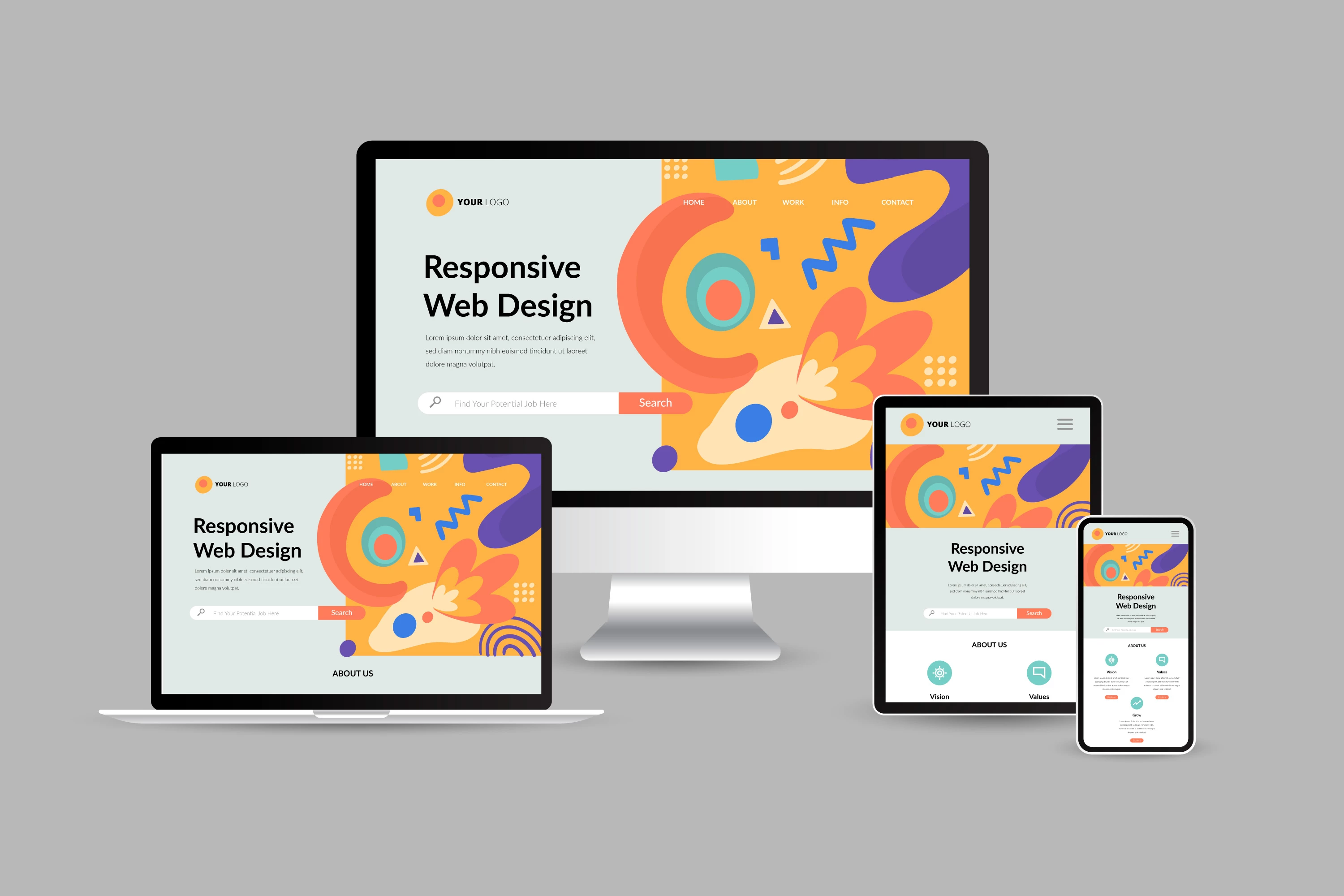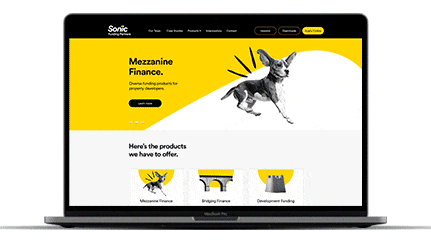Top Tips for Producing an Impactful Web Site Design That Converts
In today's electronic landscape, the significance of an impactful internet site design can not be overemphasized, especially when it comes to converting site visitors into customers. To achieve this, one must think about a selection of aspects, including comprehending the target market, focusing on customer experience, and optimizing for mobile systems. The tactical usage of engaging call-to-actions and a distinct aesthetic hierarchy plays a crucial duty in directing customers with their journey. As we check out these crucial aspects, it comes to be apparent that the success of your site pivots on greater than just looks; it calls for a thoughtful strategy to style and performance.

Understand Your Target Market
Comprehending your target market is basic to effective website style, as it prepares for producing an engaging individual experience. Identifying that your individuals are, including their demographics, preferences, and habits, enables developers to tailor the site's web content, design, and capability to meet certain needs.
Conducting detailed marketing research is crucial in this procedure. Studies, meetings, and analytics can give useful insights into user assumptions and discomfort factors. By assembling this data, designers can develop individual characters that stand for various sectors of the audience, ensuring that layout decisions are notified and relevant.
Moreover, comprehending the target market assists in selecting suitable design components such as color systems, typography, and images that reverberate with individuals. An internet site that talks straight to its target market cultivates a feeling of link and count on, motivating longer gos to and higher conversion prices.
Ultimately, a user-centered method to site style not just enhances user fulfillment yet also supports business objectives by driving engagement and commitment. By prioritizing the needs and preferences of the target market, a site can efficiently serve its function and attain wanted results.
Prioritize Individual Experience
To boost the overall performance of a web site, prioritizing user experience (UX) is important (Website Design). A properly designed UX ensures that visitors can navigate the site easily, discover details quickly, and engage with material meaningfully. This causes enhanced customer fulfillment and greater conversion rates
Begin by applying intuitive navigation. Menus must be rationally structured, allowing individuals to situate key locations of the site with marginal effort. Uniformity in style components, such as color pattern and typefaces, promotes familiarity, which is essential for maintaining individual interaction.
Furthermore, take into consideration the packing speed of your site. A delay of simply a few secs can cause significant drop-offs, as customers are much less most likely to await a slow-loading web page. Improving photos and optimizing code can enhance efficiency and maintain visitors.
Additionally, clarity in content discussion is important. Usage succinct, appealing language and separate message with visuals to boost readability. By focusing on individual experience, you not just create a much more satisfying atmosphere for visitors but additionally enhance your brand name's reliability. Inevitably, a concentrate on UX is an investment in the lasting success of your website.
Optimize for Mobile Tools
Optimizing for mobile tools is important in today's digital landscape, where a raising number of customers gain access to sites with smartphones and tablet computers. A mobile-friendly style not just boosts user experience however also plays a significant role in improving search engine rankings. To attain this, it is vital to adopt a receptive layout that immediately gets used to various display sizes and alignments.

Filling speed is an additional crucial aspect; mobile individuals are normally much less individual and anticipate useful link quick access to details. Optimize photos and leverage web browser caching to boost performance. Lastly, test your internet site on several devices and screen resolutions to determine and correct any potential use concerns. By focusing on mobile optimization, you make certain that your website continues to be affordable and successfully engages a more comprehensive audience.
Use Compelling Call-to-Actions
A web site's efficiency usually rests on its capability to guide visitors towards preferred activities, making engaging call-to-actions (CTAs) important elements of layout. CTAs function as the crucial factors that route individuals to involve with the website, whether that implies buying, enrolling in an e-newsletter, or downloading a source.
To develop effective CTAs, quality is extremely important. Usage succinct language that plainly communicates the action you want the user to take. Phrases such as "Get Started," "Subscribe Free," or "Shop Now" not just share necessity yet additionally remove ambiguity. The placement of CTAs is equally important; they need to be tactically placed throughout the webpage to ensure they are easily visible, especially in high-traffic areas.
Additionally, consider making use of directional cues, such as arrows or images, to assist individuals towards these switches. By focusing on these components, businesses can dramatically enhance individual involvement, driving conversions and eventually achieving their site's objectives.
Concentrate On Visual Power Structure
Effective internet site style depends greatly on a well-structured aesthetic pecking order that guides customers through material perfectly. By arranging elements in a way that focuses on info, developers can boost individual experience and help with decision-making. This involves making use of dimension, color, contrast, and spacing strategically to draw focus to one of the most important elements of a webpage.
The usage of bigger typefaces for headings and subheadings establishes a clear distinction between different areas, permitting customers to scan material easily. In addition, using contrasting colors for buttons and calls-to-action can catch user focus and encourage interaction. Whitespace is an additional vital element; it avoids mess and makes it possible for individuals to concentrate on essential messages without disturbances.
Photos and graphics ought to complement the message while additionally adhering to the recognized power structure, enhancing the general message (Website Design). Uniformity in style elements, such as shade schemes and typography, more enhances the aesthetic pecking order, making navigating user-friendly

Final Thought
In verdict, effective site layout necessitates a comprehensive understanding of the target market, prioritization of individual experience, and mobile optimization. The critical use engaging call-to-actions and a well-defined aesthetic hierarchy even more enhances customer involvement. By applying these principles, internet sites can attain greater conversion prices, guaranteeing that official source layout components not only attract visitors but likewise assist in smooth navigating and interaction. Ultimately, a well-executed web Extra resources site style acts as an important component in driving individual activities and achieving organization goals.